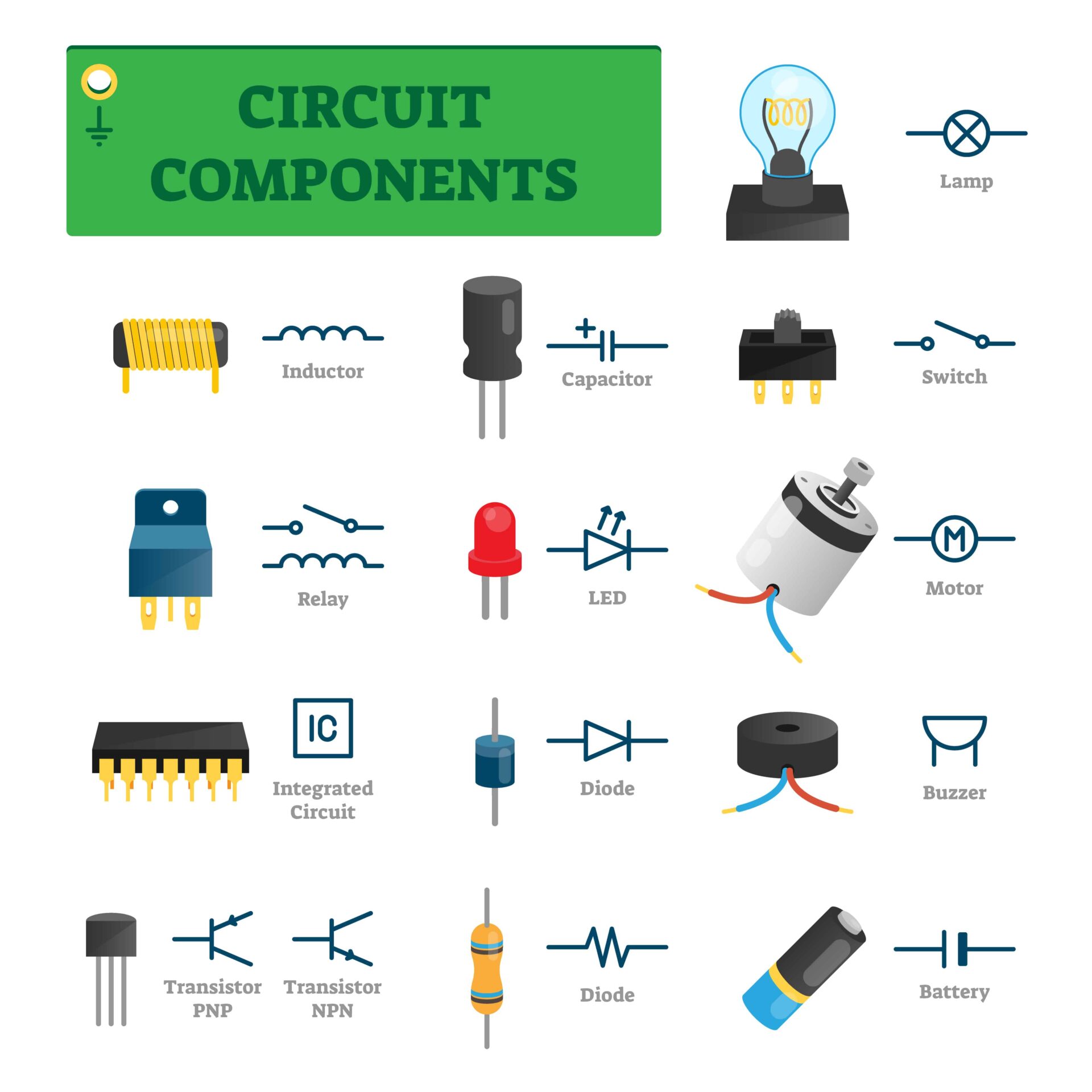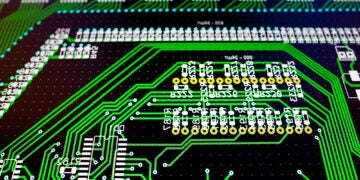
The best PCBA design workflow starts with building a custom component library.
Why are PCBA designers a special group? One obvious reason is they have acquired—whether by nature or through nurture—the ability to interject the boundlessness of imagination into the constrained world of scientific paradigms to create unique and custom designs. Fully capitalizing on this talent only occurs when the best EDA tools are utilized. And building a component library that includes commonly used and alternative parts that meet your specific development needs is one of the most important design resources.
Why is a Component Library Important?
Irrespective of how complex your electronic circuit board is, the most important elements are the active and passive components that populate it. Consequently, choosing the parts for your component library is the first critical part of the design process, which impacts all stages of PCBA development, as described below.
How Your Component Library Affects the Stages of PCBA Development
|
As illustrated above, the quality of your component library affects the entire board development process. Therefore, following best practices when building a component library is important.
Building a Component Library
A component library is more than a collection of parts. An effective component library is an evolving assembly that consists of the definable actions listed below.
|
HOW TO BUILD A COMPONENT LIBRARY |
|
|
ACTIONS |
HOW TO DO IT |
|
Part Sourcing |
You should use a reputable online component sourcing resource that includes industry-standard symbols, footprints, and 3D CAD model formats and provides design specifications and information. |
|
Part Creation |
For some parts, it is necessary to create PCB footprints and schematic symbols yourself. To avoid the many pitfalls, it is best to look to a component creation service provider. |
|
Library Management |
Keeping your component library up to date requires management to ensure part availability and data accuracy. |
The actions listed above are minimum requirements for building a component library that supports your PCBA development. For the most efficient board development process, there are additional component library issues to consider.
Optimizing Your Component Library Impact
To compete in the electronics industry, you must optimize PCBA development. Doing so helps you get from design verification to production faster. A key to optimization is incorporating the following attributes into your component library.
Component Library Attributes for Optimal PCBA Development
- Real-time component information
Conventionally, parts went through a lifecycle where availability followed a predictable pattern. Today, the trend is toward more unstable electronic component allocation. This situation places a premium on having real-time component information to avoid manufacturing delays and costly redesigns.
- Supply chain resilience
One of the greatest threats to efficient circuit board development is supply chain disruptions. This can include obsolescent parts, counterfeit components, and/or planned or unplanned shortages. All of these can wreak havoc on development or disrupt production.
- Manufacturer-verified CAD models
Many manufacturing problems can be traced back to inaccurate component models and data. For example, footprint and MPN mismatches and similar errors may cause assembly issues or prevent fabrication. Avoid these by employing CAD modeling best practices, including using manufacturer-verified models.
Incorporating the attributes listed above is best embodied within a personalized component library tailored to improve your board design process efficiency.
Building and maintaining an effective component library that is supply chain resilient requires expertise and substantial time commitment. Working with Ultra Librarian is the most efficient solution. We can build you a customized Virtual Librarian Service that will streamline component selection, ensure parts meet your standards, expedite procurement, and optimize your PCBA development process for innovation. To learn more, schedule a meeting.








